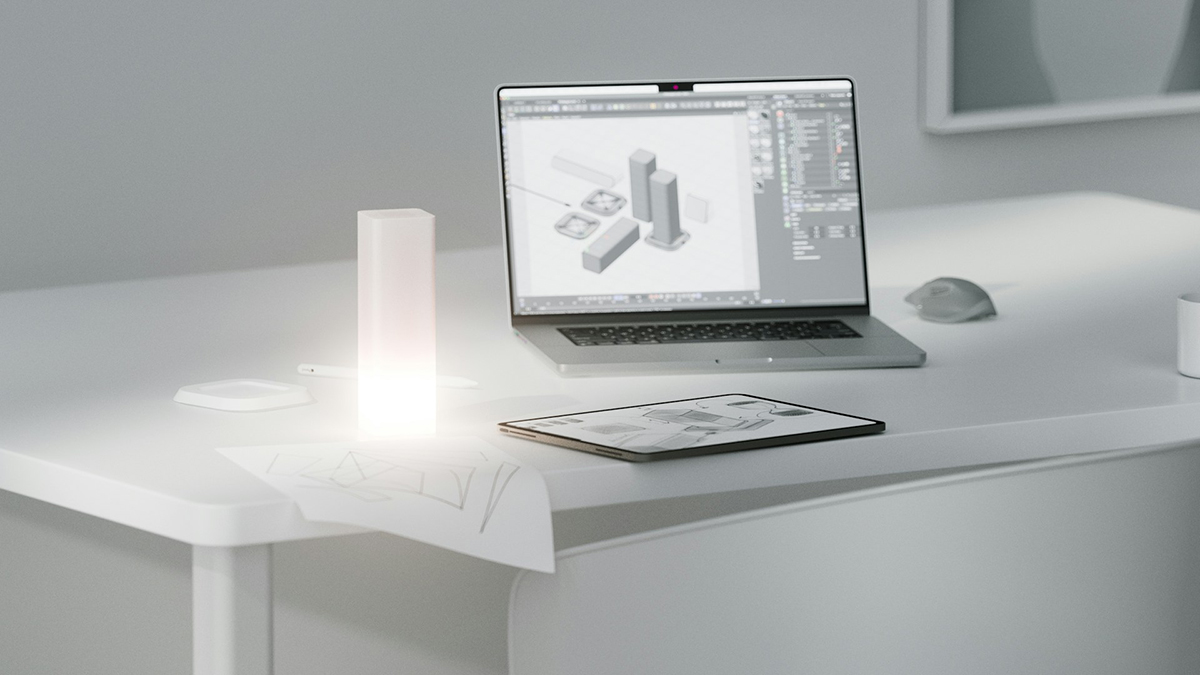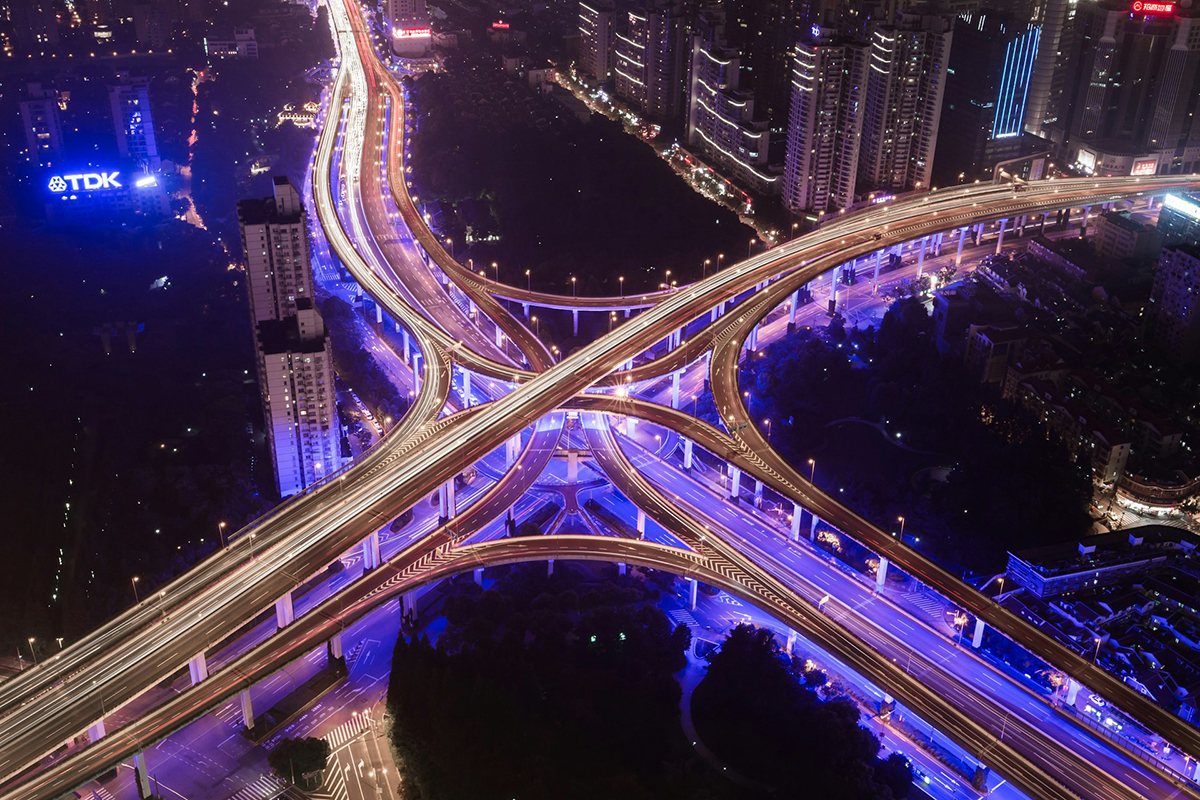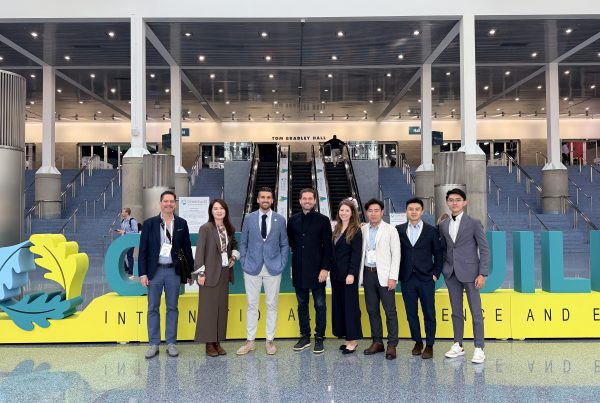Making built environments more sustainable and productive is a significant contribution artificial intelligence (AI) has made to the world to date. Many of today’s environmental ills stem from human activities, as well as the hard infrastructure that supports them and the properties that house them. Businesses are betting big on various AI-powered technologies to do more with fewer resources, prevent events that can harm their operations and comply with increasingly stringent regulations.
Discover what AI was a catalyst for in 2025 and how much further impactful it will still be in 2026 and beyond.
Managing Traffic Flow
Urban planners have used AI to build more livable cities. Machine learning algorithms crunch historical data to predict population shifts, traffic congestion patterns, energy demands and other factors to design public infrastructure better.
One successful case study is in Finland, where urban traffic managers flew six drones over Helsinki’s West Harbour during peak hours from 2023 to 2025. These unmanned aerial vehicles counted the number of arriving and departing ferry passengers and tracked the movement of trams, cars, bicycles, scooters and pedestrians during peak hours across this busy junction.
The capital’s city planners intend to use three years’ worth of aerial footage to create a digital twin of the area and generate insights about the interplay between different road users during rush hour. They’ll use this virtual representation to develop more efficient traffic management strategies.
Optimizing Building Plans
The integration of AI into building energy modeling (BEM) has yielded positive outcomes. The former has supercharged data analysis, allowing architects to design climate-resilient buildings and mechanical engineers to create heating, ventilation and air conditioning (HVAC) systems that efficiently meet thermal loads.
The affordable computing power of AI has helped combine dozens of inputs and extract insights from large volumes of simulation runs. These insights help construction professionals assess facilities for building occupant health and comfort, energy efficiency, demand flexibility and climate resilience throughout their life cycle.
AI-driven analytics will only enhance the ability of BEM tools to evaluate building stocks for the development of energy codes and standards. These advanced software programs will only get better at measuring the inherent energy performance of properties relative to their specific use and operation, helping decision-makers assess them for sustainability certification, compliance and approval of financial incentives. Beyond optimizing building plans, AI is playing a vital role in conservation efforts by offering innovative tools to monitor biodiversity, protect endangered species and preserve natural habitats in cities and beyond.
Minimizing Material Waste
Construction debris is a significant contributor to landfill congestion. Thankfully, recycling materials has significantly reduced the waste the industry produces. However, the world is far from maximizing the value of existing materials in circulation.
Catherine De Wolf, a graduate in building technology from the Massachusetts Institute of Technology, aims to accelerate the growth of the circular economy and reduce the carbon emissions associated with the transportation of construction supplies using AI.
De Wolf uses her lab at the Swiss Federal Institute of Technology Zurich, where she teaches circular engineering for architecture, to catalog buildings worldwide through computer vision and machine learning. Her team analyzes various sources, including Google Street images, property archives and demolition records, with the intention of understanding the materials contained within the structures and determining which ones are viable for reuse. They also use robots to inventory the composition of buildings before demolition.
Much like her contributions to the benchmarking study on embodied carbon in buildings, De Wolf hopes her repository of material data can guide architects in designing eco-friendly buildings. Her lab is developing matchmaking tools to help construction companies easily source local reusable materials.

Reducing Energy Use
A 2025 KPMG report revealed that AI systems can minimize the energy consumption of existing commercial buildings, unlocking annual savings of 5% to 7% on average and, in some cases, up to 30%. The firm stated that these reductions are achievable by adopting AI-powered Strategic Energy Management (SEM) frameworks, which are more impactful and less costly than immediately updating outdated systems.
This approach focuses on optimizing existing equipment first. Combining Internet of Things sensors with AI analytics enables property managers to identify and address energy inefficiencies related to HVAC and lighting. AI can automatically adjust parameters of energy usage based on real-time conditions without sacrificing health, safety and comfort. This feature can already make building stocks more eco-friendly.
Eventually, SEM frameworks necessitate upgrading to more efficient electrified building features and powering them with clean energy derived from solar and/or geothermal sources. However, managing energy consumption first maximizes the value of renewables, so building managers and owners should prioritize AI adoption.
Improving Human-Machine Collaboration
Industrial copilots are streamlining engineering processes and equipment maintenance. The most popular technology available is the Siemens Industrial Copilot. This suite of generative AI-powered assistants combines Siemens’ deep knowledge of numerous industries and Microsoft Azure OpenAI Service, enabling users to solve complex problems in industrial environments.
Thyssenkrupp Automation Engineering is one of the over 100 companies that have adopted the product since its launch in July 2024. The company has integrated the industrial copilot into machines used for inspecting the quality of electric vehicle batteries, thereby mitigating the complexity of battery testing and addressing labor shortages. The integration has minimized errors and reduced time to market.
This AI-powered digital assistant also makes life easier for the operators of the soldering machines at the Siemens Electronics Factory. The copilot translates error codes into natural language and provides troubleshooting suggestions based on technical documents and the operational history of the problem equipment. The digestible input from the Siemens Industrial Copilot speeds up repairs and minimizes production bottlenecks.
Driving Sustainability and Productivity of Built Environments
The world is still scratching the surface of what’s possible with AI. With innovation and creativity, this emerging technology will only make cities, communities and buildings more sustainable and productive in the future.











